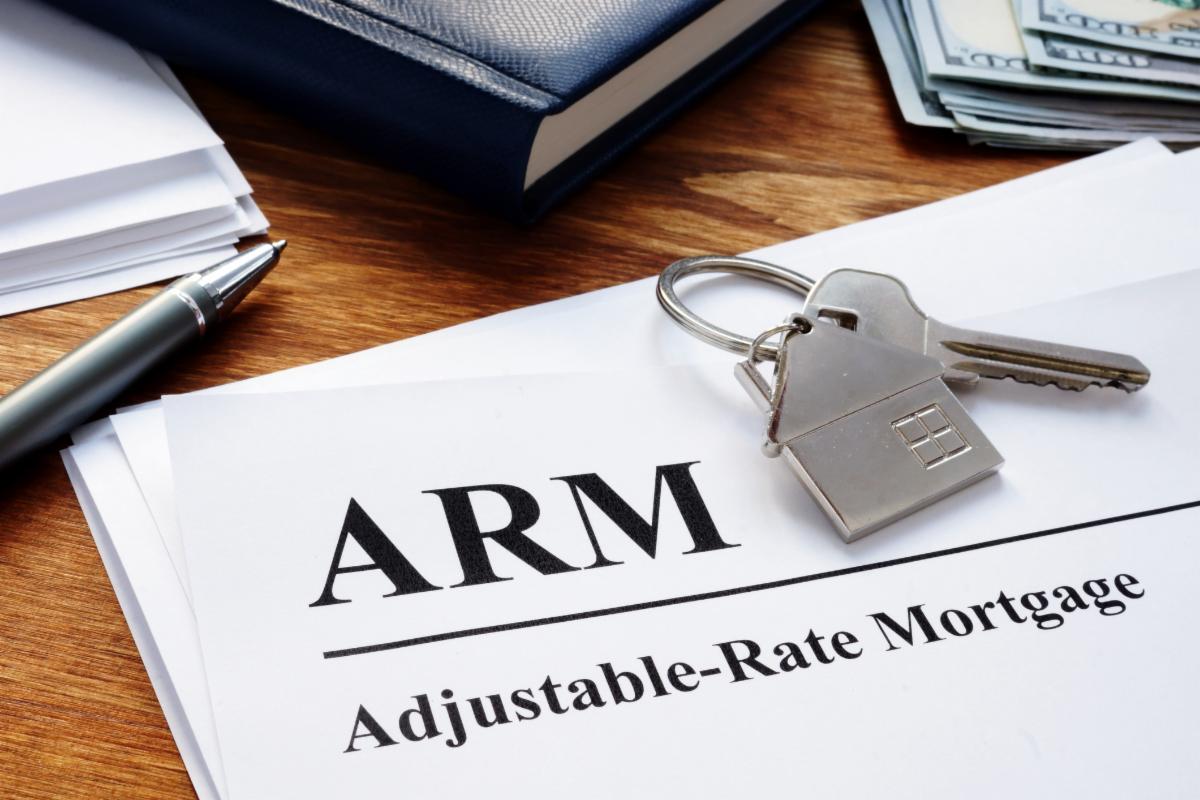When you’re weighing all of your options and selecting a home loan, you might want to consider an adjustable-rate mortgage (ARM). Adjustable-rate mortgages are long-term home loans defined by an interest rate that changes throughout its life cycle based on market conditions. This distinguishes it from standard fixed-rate mortgages, wherein the borrower is subject to a locked-in, unchanging interest rate regardless of conditions in the market.
As explained by Freddie Mac, adjustable-rate mortgages are defined by two periods – the initial period and the adjustment period. During the initial period, which can last anywhere between 6 months and 10 years, your interest rate will not change. Following this initial period, your mortgage will enter the adjustment period, wherein the interest rate is subject to change based on the current market and the specific terms of your loan. This period will last indefinitely until all payments on the mortgage are made.
Freddie Mac notes that ARMs tend to have lower mortgage rates throughout the initial period, even when interest rates are higher than usual. This offers a unique level of flexibility to the homeowner. For example, Miranda Crace writes that one might be able to leverage the lower interest rates in the initial period to contribute more to the principal loan balance, sell their home before the adjustment period begins, or build savings and work towards other financial goals (Rocket Mortgage). ARMs are an especially attractive option for those who know that they will be moving out of a place within 5 years given the lowered initial period interest rates.
If you’re considering selecting an adjustable-rate mortgage for your home purchase, you need to be sure of a couple things before proceeding. First, be sure that you are okay with forgoing the certainty and consistency offered by a fixed-rate mortgage – understand that your payment requirements will change over time and that you will need to keep track of this to pay the correct amount. Second, ensure that you are financially prepared to handle the possible upward adjustments of your rate as they are all but bound to happen at some point over the course of its long life cycle. Even if you intend to leave your house before the expiry of the initial period of your ARM, you still want to be sure that these boxes are checked in case changes in your plan happen along the way.
Determining your qualification level for an ARM works like any other – be prepared to show your credit score (ideally, 620 or above) and prove your income with documentation including W-2 forms and pay stubs.
Adjustable-rate mortgages are definitely worth considering as you’re looking to purchase your home. The low interest rates during the initial period are appealing to homeowners looking to move within 5 years, to build up their overall financial health, and/or to afford a place comfortably when interest rates are spiking. However, you’ll want to be sure that you are prepared to adjust to increasing rates when the adjustment period starts.
“Considering an Adjustable-Rate Mortgage? Here’s What You Should Know” [Article]. Freddie Mac. https://myhome.freddiemac.com/blog/homebuying/considering-adjustable-rate-mortgage-heres-what-you-should-know [Accessed May 16, 2023]
Crace, Miranda (2023). “What Is An Adjustable-Rate Mortgage?” [Article]. Rocket Mortgage. https://www.rocketmortgage.com/learn/adjustable-rate-mortgage [Accessed May 16, 2023]




